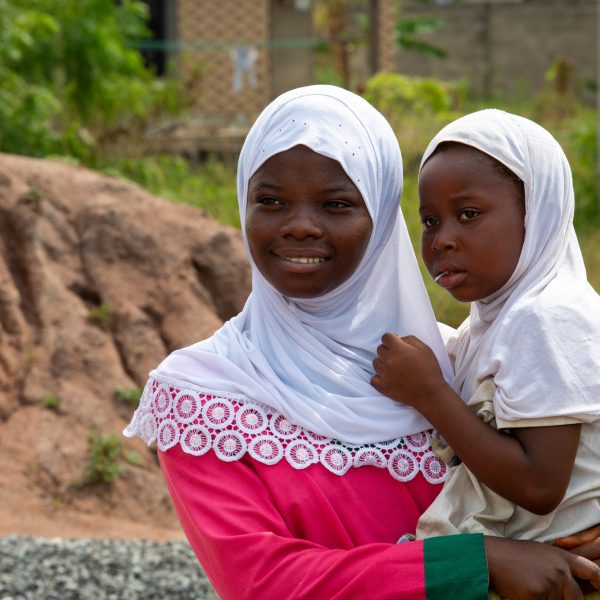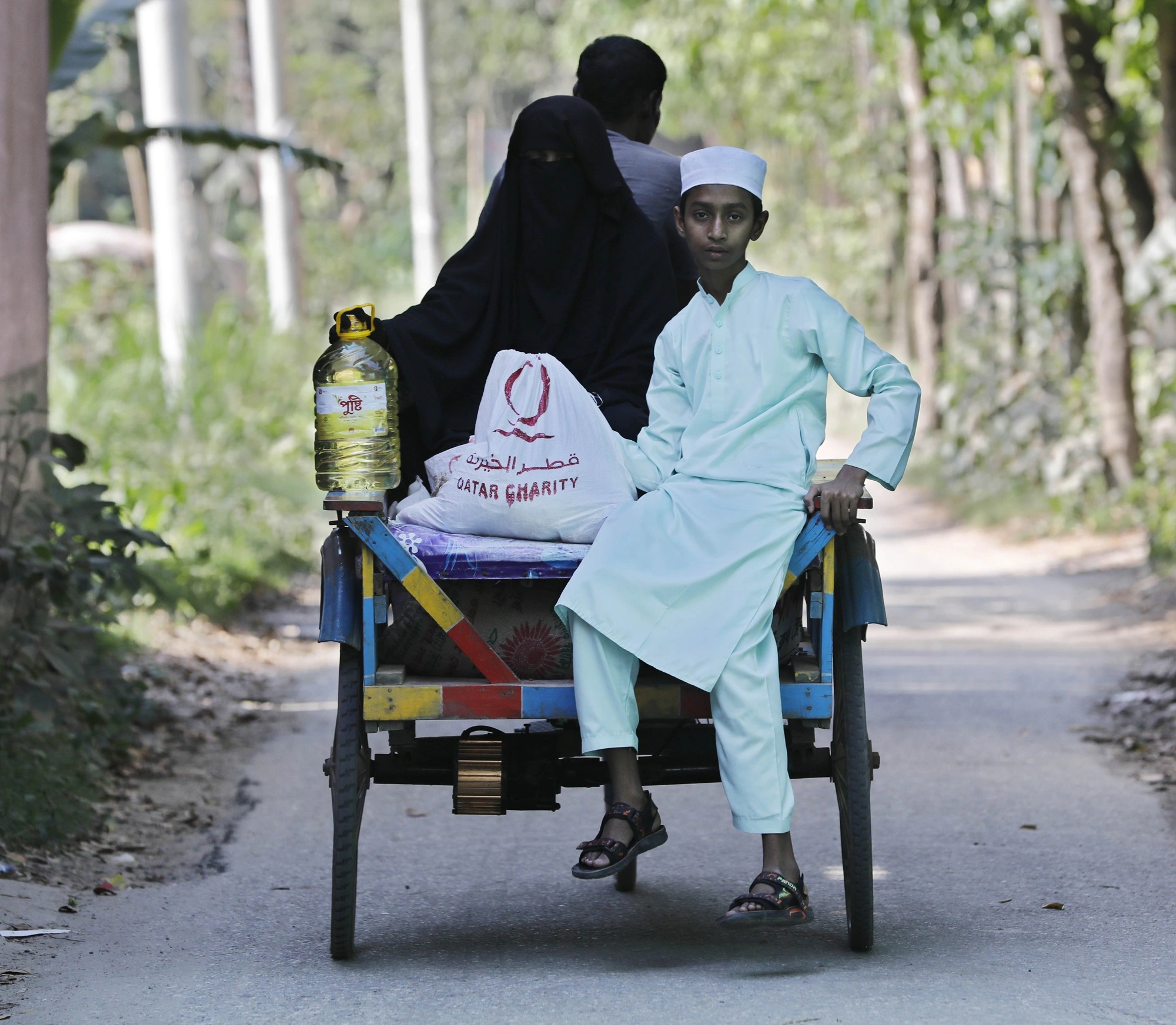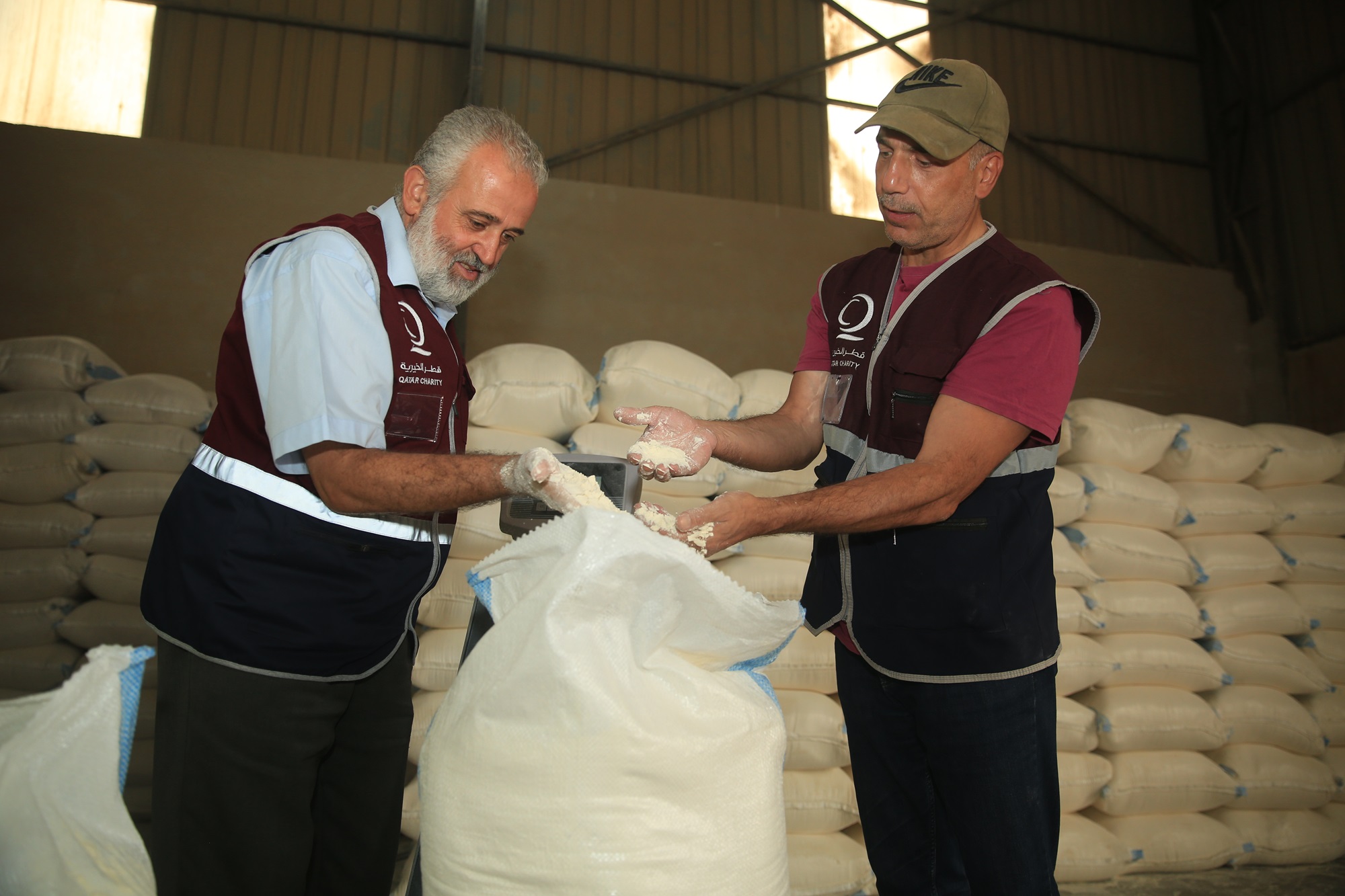In an era of evolving philanthropic strategies, the child sponsorship model in charities continues to stand strong as an effective means of engaging donors and creating a lasting impact on the lives of disadvantaged children. Despite the emergence of new approaches and recent criticism, this tried-and-true method remains relevant and essential in addressing the complex challenges faced by vulnerable children worldwide.
It is estimated that 9 million children are sponsored today through various charities, resulting in more than 100 million family members directly supported by sponsorship programs, representing more than $3 billion in aid flows. One of the key strengths that make the child sponsorship model appealing to donors is its ability to foster a sense of responsibility towards a given child in the donor’s mind, motivating donors to stay committed and actively participate in the child’s journey toward a brighter future.
In return, the sponsored child has better access to education, healthcare, nutrition, and other essential services, helping them break the cycle of poverty. A six-country study conducted to assess the impact of child sponsorship on adult life outcomes found that child sponsorship increased total years of schooling and had a significant impact on the probability of adult employment.
In the 1980s and 1990s, the individual child sponsorship model was adopted mainly by faith-based humanitarian organizations, chiefly Christian and Muslim NGOs. Qatar Charity, for instance, currently sponsors 200,000 children in over 40 countries. Today, this philanthropic model has transcended the faith-based sphere and can even be found in UN programs, albeit under a different form: the community-driven sponsorship model.
Conversely, various reports came out during the last decade calling for charities to end this ‘obsolete’ model for ‘smarter’ and more novel child-centered aid models. But why change something if it is not broken? Why change a model that has been engaging donors for decades and has evidently changed the lives of millions of children? Some arguments may be valid, but in an era where donor fatigue is real and where there is ‘compassion’ fatigue exacerbated by prolonged and protracted crises, it is wise to engage donors in impactful projects where they can see the impact made by their monthly donation on an individual child and his direct environment. The key here is to plug these child sponsorship models into other broader integrated development projects and not give up the former in profit of the latter.







